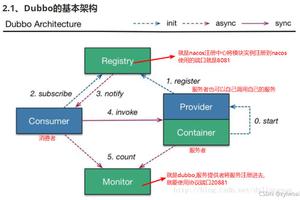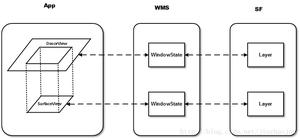@RequestBody和@RequestParam有什么区别?
我遍历了Spring文档以了解@RequestBody,他们给出了以下解释:
所述@RequestBody方法参数注释指示方法参数应绑定到HTTP请求正文的值。例如:
@RequestMapping(value = "/something", method = RequestMethod.PUT)public void handle(@RequestBody String body, Writer writer) throws IOException {
writer.write(body);
}
你可以通过使用将请求主体转换为方法参数HttpMessageConverter。HttpMessageConverter负责从HTTP请求消息转换为对象,并从对象转换为HTTP响应主体。
DispatcherServlet支持使用DefaultAnnotationHandlerMapping和进行基于注释的处理AnnotationMethodHandlerAdapter。在Spring 3.0中,AnnotationMethodHandlerAdapter扩展为支持,@RequestBody并且HttpMessageConverter默认情况下注册了以下:
…
但我的困惑是他们在文档中写的句子是
@RequestBody方法参数注释指示方法参数应绑定到HTTP请求正文的值。
那是什么意思?谁能给我一个例子吗?
@RequestParamspring doc中的定义是
指示方法参数应绑定到Web请求参数的注释。在Servlet和Portlet环境中支持带注释的处理程序方法。
我对他们感到困惑。请帮我举个例子,说明它们之间的区别。
回答:
@RequestParam带注释的参数链接到特定的Servlet请求参数。参数值将转换为声明的方法参数类型。此注释指示方法参数应绑定到Web请求参数。
例如,对Spring RequestParam(s)的角度请求如下所示:
$http.post('http://localhost:7777/scan/l/register?username="Johny"&password="123123"&auth=true') .success(function (data, status, headers, config) {
...
})
带有RequestParam的端点:
@RequestMapping(method = RequestMethod.POST, value = "/register")public Map<String, String> register(Model uiModel,
@RequestParam String username,
@RequestParam String password,
@RequestParam boolean auth,
HttpServletRequest httpServletRequest) {...
@RequestBody带注释的参数链接到HTTP请求正文。使用HttpMessageConverters将参数值转换为声明的方法参数类型。此注释指示方法参数应绑定到Web请求的主体。
例如,对Spring RequestBody的Angular请求看起来像这样:
$scope.user = { username: "foo",
auth: true,
password: "bar"
};
$http.post('http://localhost:7777/scan/l/register', $scope.user).
success(function (data, status, headers, config) {
...
})
带有RequestBody的端点:
@RequestMapping(method = RequestMethod.POST, produces = "application/json", value = "/register")
public Map<String, String> register(Model uiModel,
@RequestBody User user,
HttpServletRequest httpServletRequest) {...
希望这可以帮助。
以上是 @RequestBody和@RequestParam有什么区别? 的全部内容, 来源链接: utcz.com/qa/436073.html









